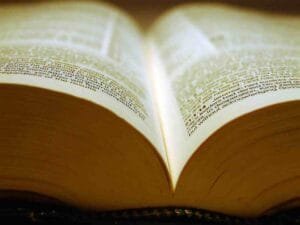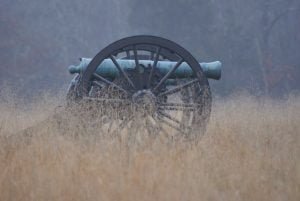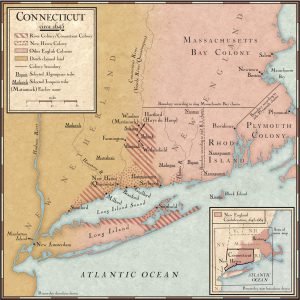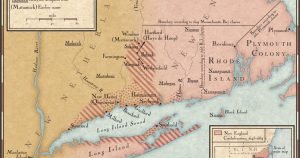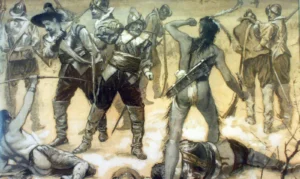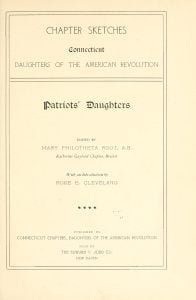Family Bible of Elias Wells, Jr. of Stratford
The Family Bible of Elias Wells, Jr. documents the births, deaths, and marriages of the Wells family from Thomas Wells, born in 1718, through several generations, including Elias Wells, born in 1783. It lists significant family events and lineage details, such as births of children and grandchildren, alongside their corresponding dates. Key family members, including Seymour Wells, Jr. and various descendants, are noted, reflecting the family’s history in Stratford, Connecticut. The Bible serves as a historical record of the Wells family’s ancestry and milestones.

